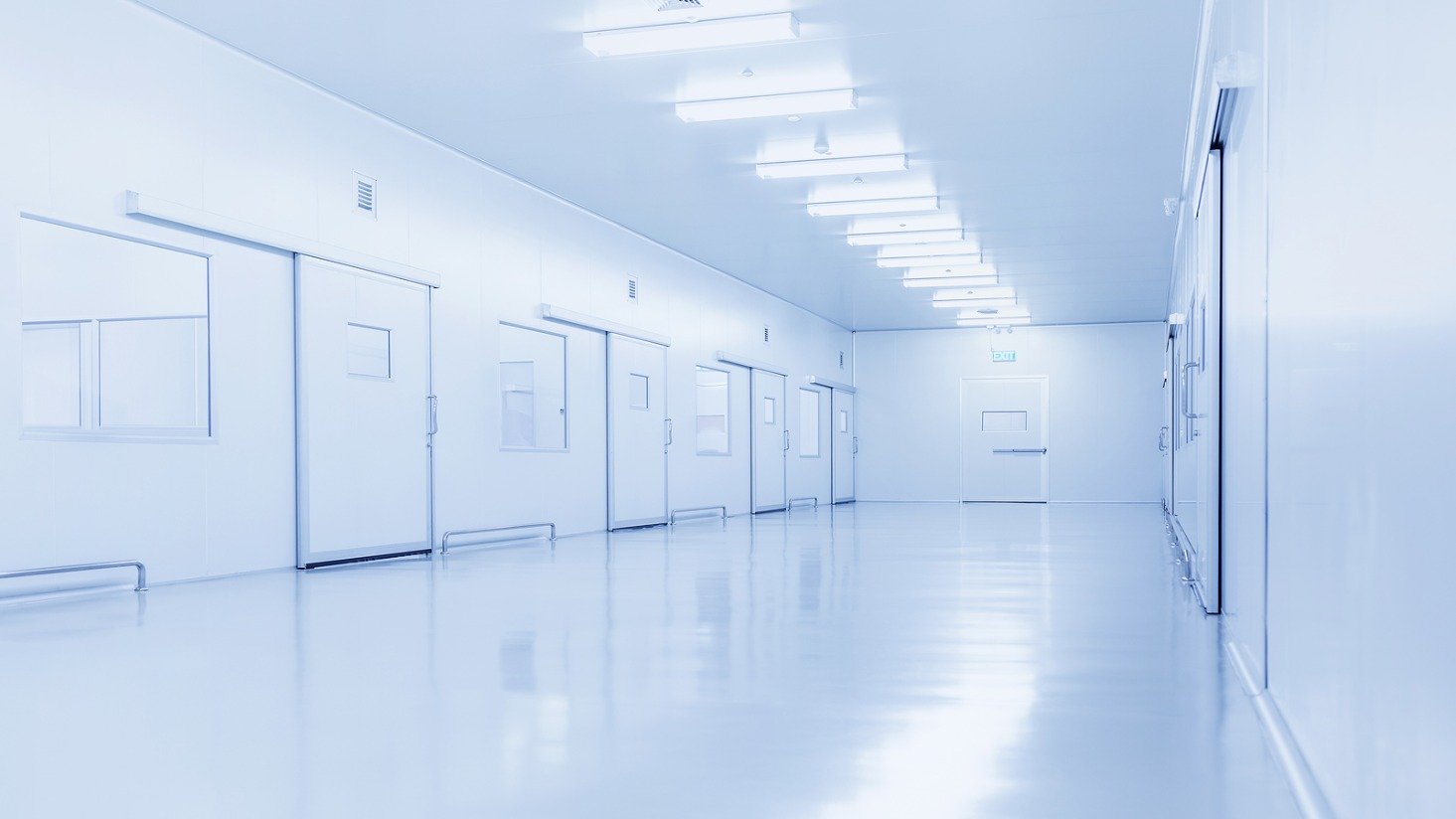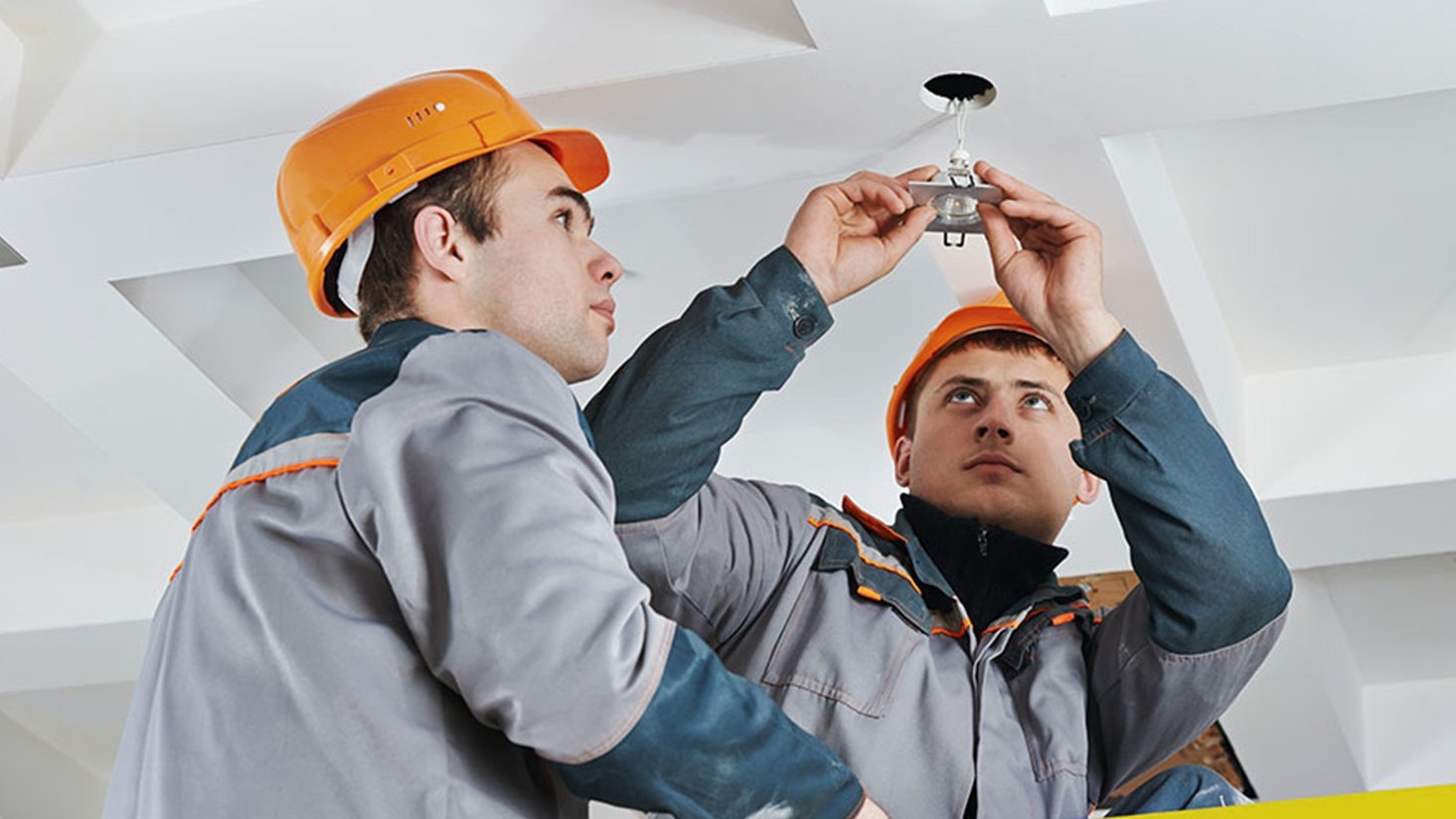How much does lighting cost? Understanding the Total Cost of Lighting

When you’re in the market to purchase a new car, the sticker price isn’t the only number to consider. A well-informed buying decision is aided by visibility into the cost of insurance, maintenance, gas, and any interest accrued on the purchase, if you’ll be depending on financing.
It’s also important to note that, unlike real estate purchases, cars almost always depreciate in value.
This kind of 360-degree buying approach is also useful in lighting buying decisions. Just like there’s more to consider than sticker price and horsepower when buying a car, price and wattage or lumens aren’t the only considerations when you’re in the market for new or replacement lighting.
Understanding all of the factors at play in the cost of your lighting is critical to making a good lighting decision for your business.
How much energy does a light bulb use? What goes into the cost of lighting?
We’ve dubbed our process for calculating the cost of lighting the “Total Cost of Lighting,” with a nod to the “total cost of ownership” philosophy that is often employed in business and home and automobile purchases.
How much does lighting cost?
There are five categories which contribute to the cost of your lighting when you’re using conventional lighting technologies:
- Lighting energy
- HVAC energy
- Labor to maintain
- Replacement materials
- Recycling
The percentage that each of these categories contributes to the overall cost fluctuates based on your geographic location and the type of building you’re in, of course.
And if you’re using LED lighting at all, this breakdown will be skewed. As a rule of thumb, however, the below does well to show where your money is going.

It’s clear that the vast majority of your cost is stemming from electricity. As much as 85 percent of the cost to light your building is coming from either lighting or HVAC energy. That is to say, if you’re looking to save money on your lighting, inefficiency in energy use may be the first thing to point the finger at.
Learn more about how much energy your lighting is using here.
Further, inefficient lighting is costing you in labor. The more your bulbs are burning out, the more you’re having to allocate labor to replace burned-out bulbs. That, of course, goes for the cost of replacement materials too. Though conventional lighting technologies are going to be less expensive than the latest and greatest products on the market, you’ll have to spend money more frequently on those conventional replacement materials, since they’re burning out far more frequently.
As you can see, the sticker price doesn’t tell the whole story. People were upset when incandescent light bulbs were phased out years ago, all but ridding store shelves of the once standard 60 watt A19 bulb that cost 50 cents. What may not have occurred to them amid their frustration, though, was the fact that they were almost certain to save money in the long run if they gave their lighting regular use.
Three ways to save money on lighting
1. Retrofit to energy efficient lamps
Utility companies don’t seem to have any grand altruistic plans of slashing the cost of energy anytime soon. You can expect those rates to keep hiking.
That, coupled with the fact that energy comprises as much as 85 percent of the total cost of lighting, brings true financial incentive to retrofitting. A switch from fluorescent or HID to LED in your building's high-burn areas – or the areas where the lights are on the most – could slash your energy spend by 50 to 90 percent. On top of the raw energy savings, an LED retrofit also significantly reduces HVAC costs incurred by using conventional lighting technologies.
 Read more: 'How to calculate return on investment (ROI) and payback for your lighting project'
Read more: 'How to calculate return on investment (ROI) and payback for your lighting project'
2. Get strategic with your lighting maintenance
You can cut your lighting maintenance spend – both in time and materials – in a number of ways.
One way: group relamping. This is a “work smarter, not harder” approach to lighting maintenance – prioritizing efficiency over speed. Rather than playing whack-a-mole with your lamp replacement and climbing ladders multiple times a month to swap out burnt-out lamps, take care of certain areas of your building in one fell swoop, especially if you’re dealing with high, hard-to-reach fixtures or busy areas, like lobbies or stairwells.
Another way: get proactive and work with a lighting maintenance provider to schedule out your maintenance time. The idea here is to maintain your lighting like you would a vehicle – if you don’t maintain good air pressure in your tires or change your oil regularly, you will experience a blowout or a breakdown at an inconvenient time. And if you don’t schedule out your lighting maintenance, you may experience an outage on the busiest day of the week or just ahead of a visit from your out-of-town boss.
Read more: 'How a proactive approach can alleviate common lighting maintenance headaches'
3. Invest in long-life products from reputable manufacturers
Contrary to popular belief, there are inexpensive, energy-efficient lamps that may not carry the ultra long-life rating you're looking for. As a rule, energy efficient products tend to carry pretty long life ratings, but you will sometimes see very energy-lean products with significantly shorter lifespans than a product that uses just a watt or two more energy. Most of the time, the shorter life rating is a way to keep the up-front cost down. In some cases, these shorter-life products may still be a good choice, but if long life is a benefit you need, compare your options carefully.
It’s also important to carefully consider the manufacturer behind the product you're considering. How long have they been around? Can you trust the five-year warranty and seven-to-ten-year life rating if they’ve only been around for two years?
Oftentimes, it’s worth paying a little bit more to buy from trusted, reputable manufacturers to ensure that you’ll be able to claim warranties should the need arise.
Download our checklist of questions to ask a lighting manufacturer before you make a purchase.
Read more: "Show your work: The plain truth behind lighting retrofit savings"











